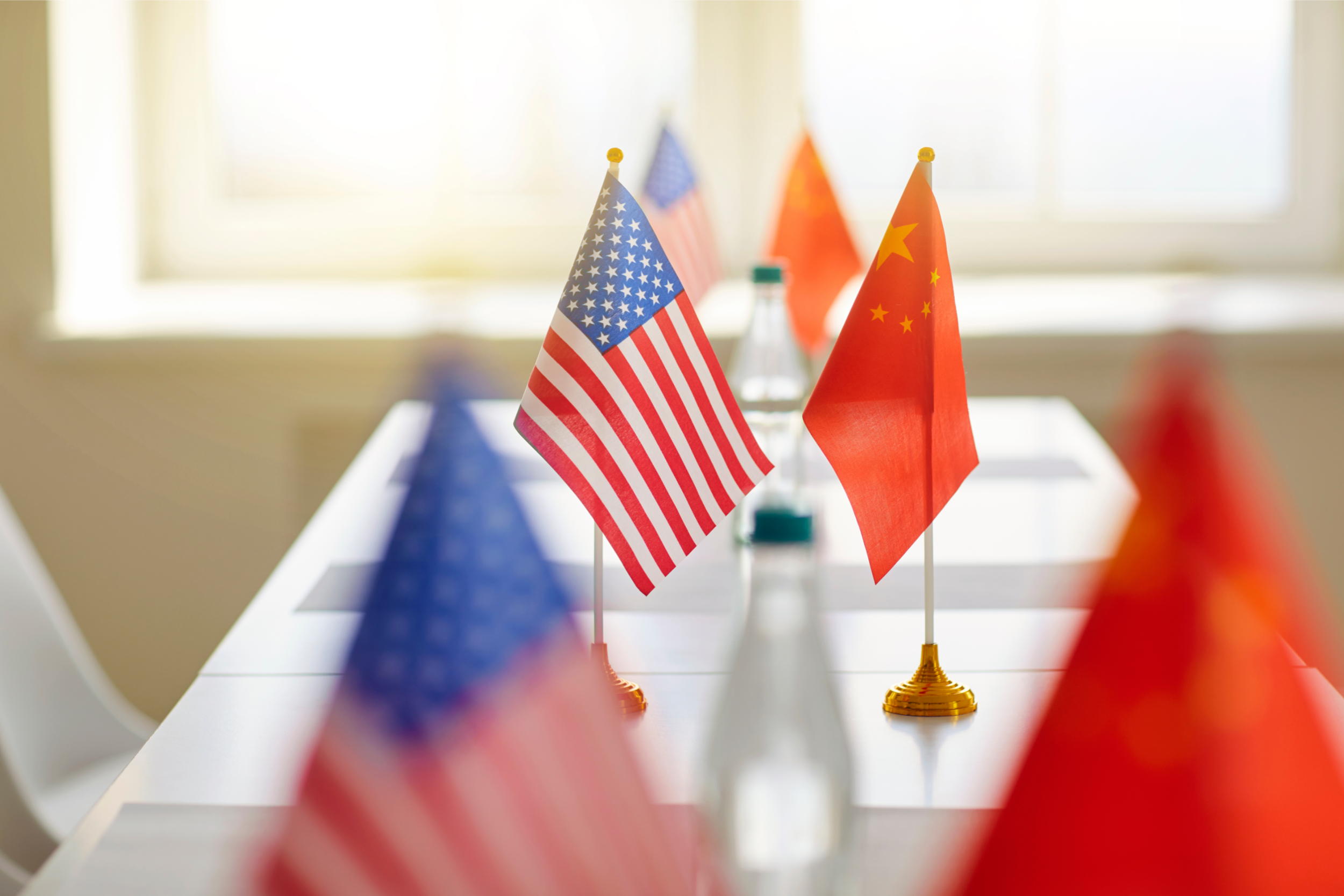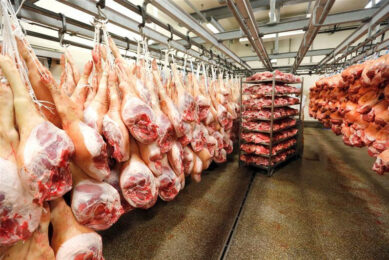Pork exports to China: US progress, Canada sits in stalemate

China is a huge market for both US and Canadian pork, but bilateral trade relations between these countries have not been smooth of late.
However, as of 17 June, the Chinese government renewed registrations for export from 23 US pork plants. That follows a period where almost two-thirds of the registrations for all US meat plants has expired under a trade agreement from 5 years ago known as “2020 Phase 1.”
There are unconfirmed reports that these new registrations will remain in effect until 2030. This also follows a period where Chinese had placed 10% retaliatory tariffs on pork (and also beef and dairy) and had cancelled huge US pork orders in response to US tariffs on Chinese imports.
After Brazil, the US exports more pork to China than any other country.
oGod news for US South American pork producers
There may be more good news for US (and South American) pork producers, in that China may restrict pork imports from the European Union “in response to escalating trade tensions,” Reuters reported 18 June.
The US, Brazil and other countries may seize this opportunity to build pork market share if negotiations go badly, and “Russia, increasingly a close trading partner of China that started exporting pork to China in February, could also step up meat shipments,” said Reuters.
No Canadian pork deals
Meanwhile, whilst overall trade between Canada and China is flowing well, that is not the case with pork. In March, China applied 25% tariffs on pork and other Canadian agricultural products in retaliation for the 100% tariff that Canada imposed on Chinese electric vehicle imports last year. That has cut Chinese imports of Canadian pork significantly.
There has been no progress with changing this situation. At the end of May, the Canadian Meat Council called for the new federal government to restore “full access to China” for beef and pork.
The organisation added, “We also call for swift resolution of issues with the US and EU, and
expanded access to Southeast Asia and Latin America.” Canada’s beef and pork sectors are also launching the Canadian meat advocacy office in Beijing in order to secure access to the Chinese market.
A few days later in early June, Canadian prime minister Carney and the provincial premiers agreed on the need for more engagement with China to improve the overall trade relationship. However, no progress has been reported since.











